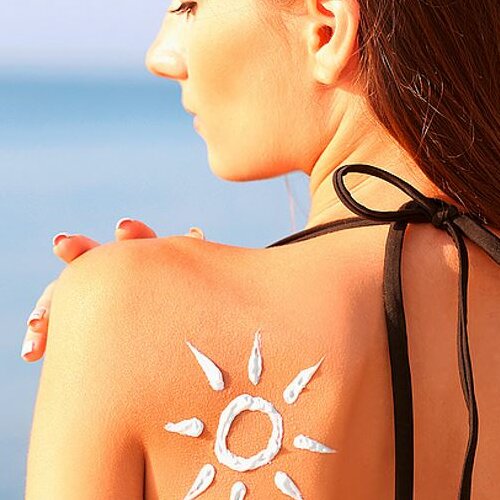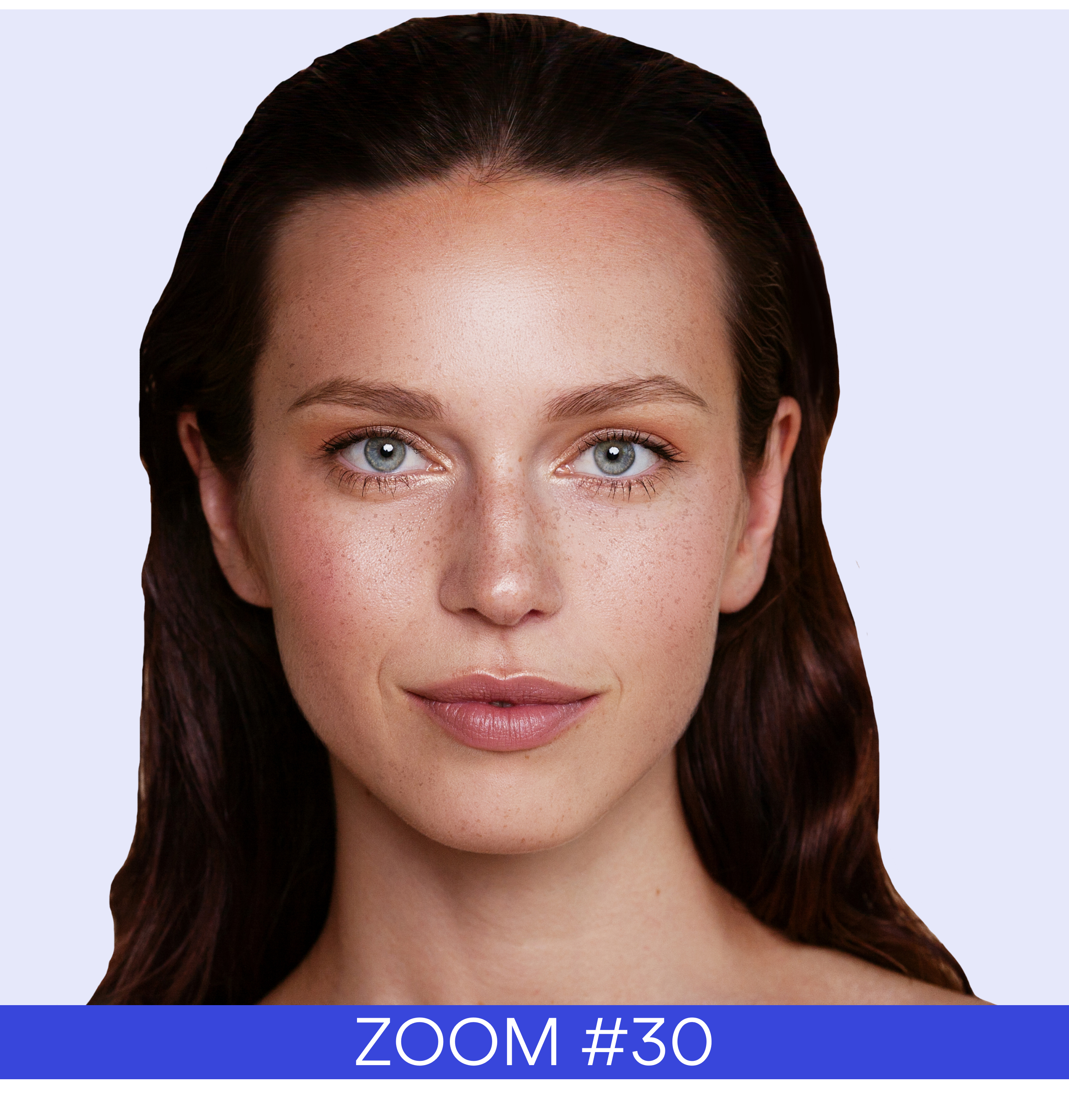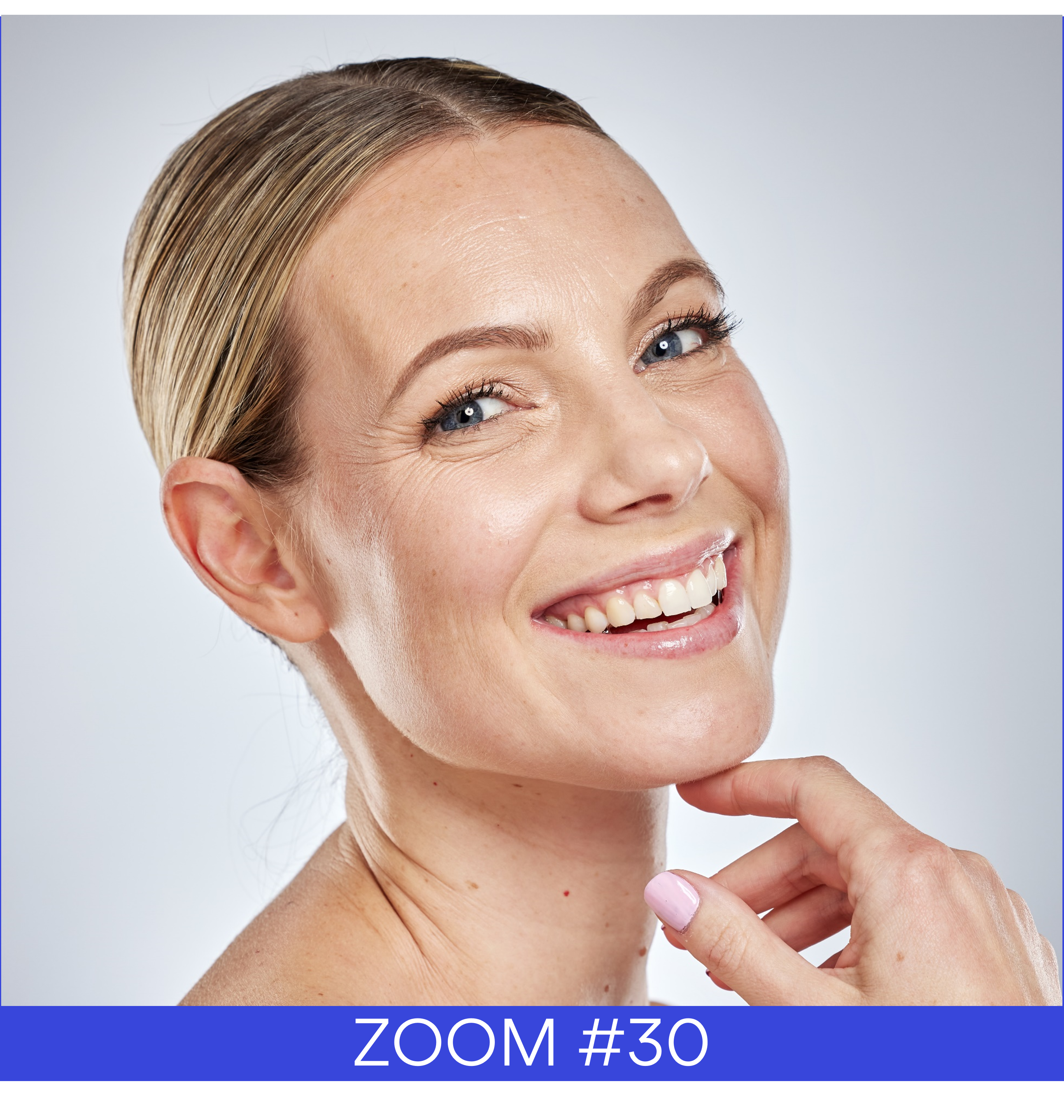The sun protection objectivation subject represents a complex issue between in silico, in vitro, in vivo and hybrid methods at least as important as the challenge of the formulation itself. Anne Charpentier explains different methods with their advantages and disadvantages.
First, it is interesting to consider what criteria mainly influence the performance of UV protection products: composition, repartition, photostability, absorbance and distribution of the inorganic and organic filters, galenic (spray, compact powder, oil, cream…), properties to form a stable, homogeneous, and resistant film, pleasant to apply. In real use conditions, the performance of sun care is impacted by other criteria such as wrinkles, skin locations, sweat, hair, application procedures and quantity.
Complex environment of tests
Technically, it seems important to increase the reproducibility and the accuracy of the in vitro and in vivo testing by implementing systematic control testing such as Bipea inter laboratory comparison tests and audit of the global process such as Suncert diagnostics and Febea audit.
The gap between standardised application versus real-life conditions of use may also be deeply studied including anti-salt, anti-sweat, or anti-sand claim substantiation. Among all of the available methods, the in-vitro SPF is strongly required by the industry and governmental organisations delivering results equivalent to the in-vivo SPF according to ISO 24444 method. As evidence, the degree of protection should be measured using standardised, reproducible testing methods and take photo-degradation into account as recommended by the European Commission.
On the ethical point of view, the application of erythema on the subjects which causes skin damages doesn’t seem to be a long-term solution for UVB assessment. Fortunately, the HDRS method or in-vitro method should propose a new perspective within the next years.










 Follow us on Linkedin!
Follow us on Linkedin!
You must be logged in to post a comment.